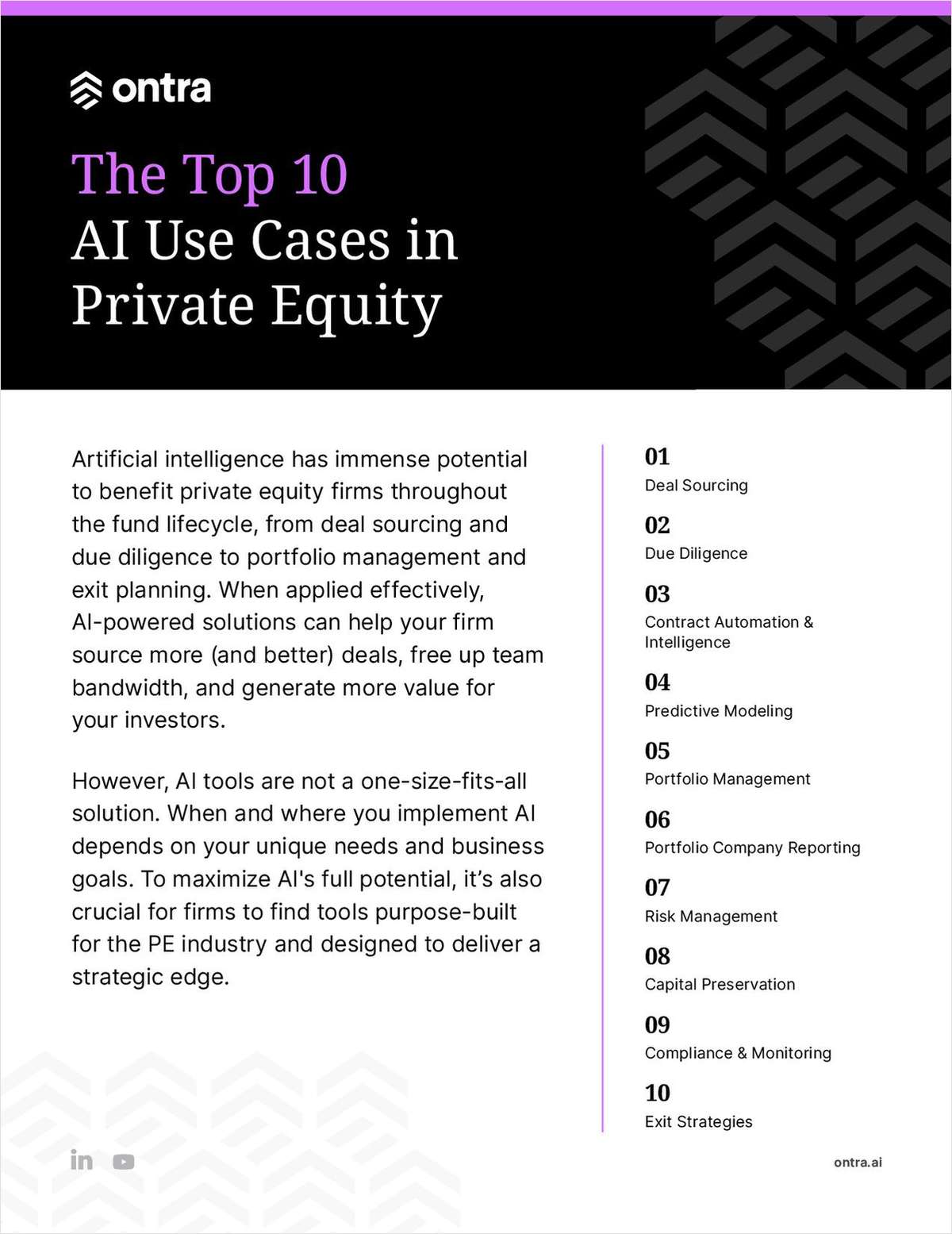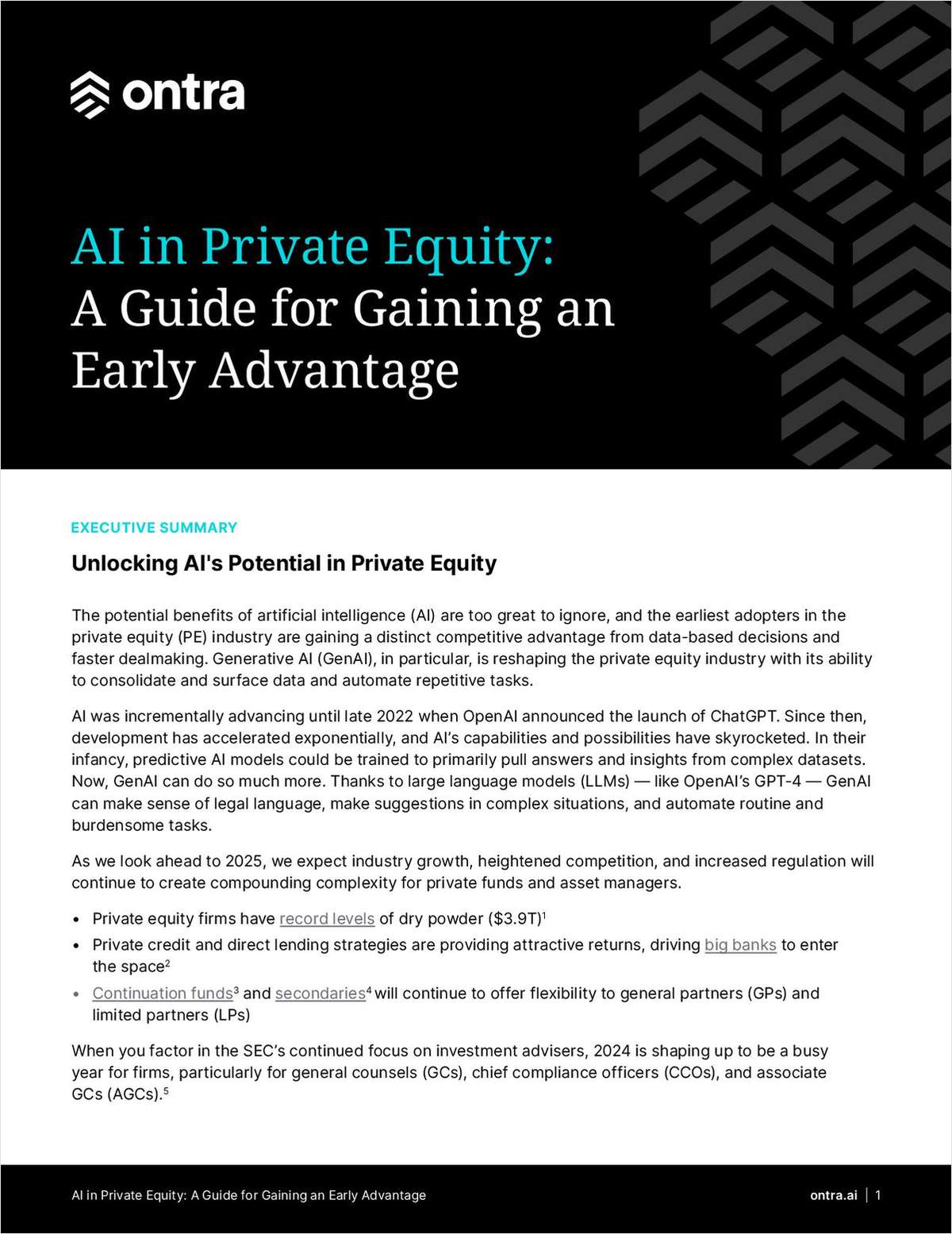Private client and family: Media presence
A recent ruling allowing the media to be present at the majority of private family hearings has caused a surge of reaction. Ashley Palminteri reports on the impact this will have on lawyers and their clients
June 04, 2009 at 12:21 PM
9 minute read
A recent ruling allowing the media to be present at the majority of private family hearings has caused a surge of reaction. Ashley Palminteri reports on the impact this will have on lawyers and their clients
Since 27 April 2009, the media has been allowed to attend the majority of private family hearings. The changes arise from The Family Proceedings Rules 2009 and The Family Proceedings Courts Rules 2009; the former relating to the County Court and High Court and the latter, the Magistrates Court. It would be an understatement to say that there has been a mixed reaction to these rules.
In the aftermath of cases such as Baby P and Victoria Climbie, social services and family courts alike received huge criticism and were accused of acting in secret and without proper accountability. It was suggested there was a lack of transparency.
In response, the Government initiated a consultation process and in July 2006, released 'Confidence and confidentiality: improving transparency and privacy in family courts' and subsequently, in June 2007 'Confidence and confidentiality: openness in family courts – a new approach'. Their conclusions and recommendation to allow access were published in December 2008, with 'Family Justice in View'.
Prior to the consultation there was little reference for publicity save for section 97 Children Act 1989; section 12 Administration of Justice Act 1960; and section 39(1) Children and Young Persons Act 1933 – all of which prescribe what could be reported and when.
The new rules
The new statutory instruments amend rules 10.28 and 16(A) of the Family Proceedings Rules 199 – both are in essence identical – and prescribe who may attend a private hearing.
They still make it clear that no access is permitted to the general public, although permission is now given to a 'duly accredited representative of news gathering and reporting organisations' or, as we now like to say, accredited media.
There is also a distinction to be made between the various types of hearings – for instance, those hearings where the judiciary assist the parties in conciliation or negotiation are specifically excluded.
It is also clear that the court may direct or refuse attendance in certain circumstances, such as when it is in the interest of any child concerned in or connected with the proceedings; for the safety or protection of a party (or witness or connected person); or for the orderly conduct of the proceedings. Similarly, when it is felt that media presence may impede or prejudice justice.
Exclusion may be invoked by the court of its own motion or following an application from one of the parties or any connected person.
The new rules do not apply to either conciliation appointments or financial dispute resolution (FDR) hearings, within the ancillary relief context. The purpose of both these hearings is to encourage an early settlement of the issues. There would be clear prejudice to the conduct of the proceedings if the media were allowed to report on events which are effectively 'without prejudice'.
The court may exclude the media if their presence may affect the safety or protection of a party or witness or any person connected to the proceedings and, similarly, if it affects the interest of any child concerned with the proceedings. Both of those grounds are self-evident and understandable. The other two grounds are less clear.
The media may be excluded if it is felt that their presence will affect the orderly conduct of the proceedings or if justice will otherwise be impeded or prejudiced. Early opinion suggests this may include limitations with court facilities; for instance where the court is simply unable to accommodate the media because of lack of space. This may prove relevant where the actual court room is small or where there are several parties involved; such as care proceedings, ironically, where it is not uncommon for the local authority, both parents and the guardian all to be separately represented. However, given that the background to these rule changes is said to originate from public law proceedings, it may be argued that those are precisely the circumstances when the media should be accommodated.
At this stage, it is simply too early to suggest what may be grave enough to impede or prejudice justice. The initial feedback would suggest that the threshold is quite high and that the judges will be conscious not to exercise their discretion too willingly and will, whenever possible, endeavour to accommodate the media despite the objections of the parties involved.
President's practice direction
Sir Mark Potter, the president of the Family Division has issued guidance for both Rule 10.28 and 16(A). He confirms that the media should be allowed to attend care proceedings, including case management conferences and issue resolution hearings. The media's access should also be permitted to hearings relating to findings of fact, interim hearings and final hearings.
More helpfully, it is made clear that there is no entitlement on behalf of the media to receive or peruse court documents referred to in the course of evidence, submission or judgment.
The president urges consistency, the emphasis being that the media should be allowed to attend. When exercising its discretion, the judge should only do so as set out in the rules and would be advised to consider:
- whether the risk arises from the mere fact of media presence or whether the risk can be adequately addressed by excluding the media from part of the hearing;
- whether existing reporting restrictions will suffice to protect any party who objects to media presence;
- the safety of the parties in cases where there are particular physical or health risks which reporting restrictions alone maybe inadequate to protect; and
- the court exercising its own discretion in the case of a vulnerable adult or child who is unrepresented.
The president offers guidance as to the 'orderly conduct of proceedings'. He confirms that this is more of a facility issue. He encourages everyone to be proactive and to consider moving to a larger room in order to accommodate the media, particularly in advance of any hearing that is likely to attract particular media attention. His caveat to this is that there should not be any significant disruption or delay to the proceedings.
As to whether justice will be impeded or prejudiced, he makes it clear this does not simply mean a matter of administrative inconvenience. The president's example is where a witness (not a party) states for credible reasons that they will not give evidence in front of media representatives – his solution being an example of where the media could be excluded for just part of the hearing rather than the whole of the proceedings.
Objecting
Making an application to object can be made by the parties or those connected with the proceedings. Similarly it can be of the court's own motion – although that is likely to be rarely exercised – and probably only when faced with litigants in person, with case sensitive facts.
Discretion will, of course, fall to the judge. It is advocated that the media should be allowed to make representations in response. It is not clear what are the grounds of appeal, if any, to a refusal. Any arguments over the media's presence is likely to be time consuming and will impact on original time estimates and listing.
The reality?
On 27 April, 2009, there was a surge of media interest and over the following few days there were numerous articles by various legal correspondents about the impact of the new rules. The articles focused more upon the differing experiences between the courts rather than the cases themselves.
The general consensus was that the media were welcomed by the judiciary. It was suggested there was uncertainty by some judges who adjourned their cases while the lawyers discussed whether to oppose the admittance of the media.
Most of the reports referred to care proceedings and those concerning vulnerable children. The reality is that we must now warn all of our clients that the media may be present. We need to assess whether there are cases that justify exclusion, failing which, we need to explain what may or may not happen if the media are present in the court room.
Over time it is likely that the press will realise there is very little to report. There remains a limitation on what they can report in any event. By having no entitlement to the court papers or documentation, their understanding of the issues is likely to be limited and out of context.
There is some question, therefore, of whether there is real willingness on the part of the lawyers and court users for true transparency. Many will say it is simply lip service.
For my part, I feel that those clients that have a choice should be encouraged to consider alternatives to litigation. There should be an emphasis and promotion of mediation and collaborative law; those able to keep their dispute out of the court will be the only ones able to retain absolute privacy. For others – the threat to commence litigation and create publicity may be abused to negotiate favourable terms. Many will recall Mills and McCartney and the decision by Mr Justice Bennett to publicise his judgment.
Lawyers and clients will have to adapt and take on board the reality that the media may be present at their hearing. Both the lawyers and the clients, however, need to remember that the media's reporting is limited. Reports to date describe more the process and the overview, rather than anything of detail. As a regular court user and advocate, I do not think that we quite have 'transparency' and that is clearly a view shared by some of the campaign groups.
Ashley Palminteri is a senior associate at Burges Salmon.
This content has been archived. It is available through our partners, LexisNexis® and Bloomberg Law.
To view this content, please continue to their sites.
Not a Lexis Subscriber?
Subscribe Now
Not a Bloomberg Law Subscriber?
Subscribe Now
NOT FOR REPRINT
© 2024 ALM Global, LLC, All Rights Reserved. Request academic re-use from www.copyright.com. All other uses, submit a request to [email protected]. For more information visit Asset & Logo Licensing.
You Might Like
View All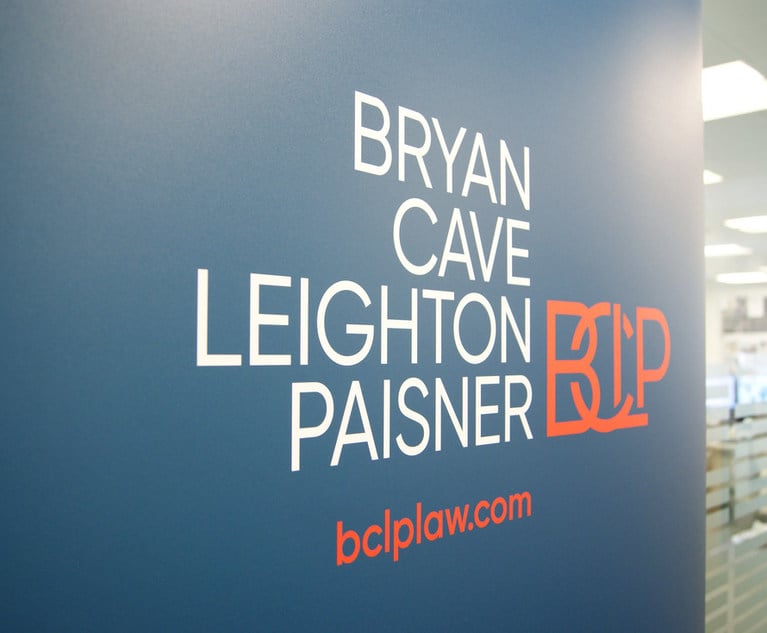
BCLP Mulls Merger Prospects as Profitability Lags, Partnership Shrinks
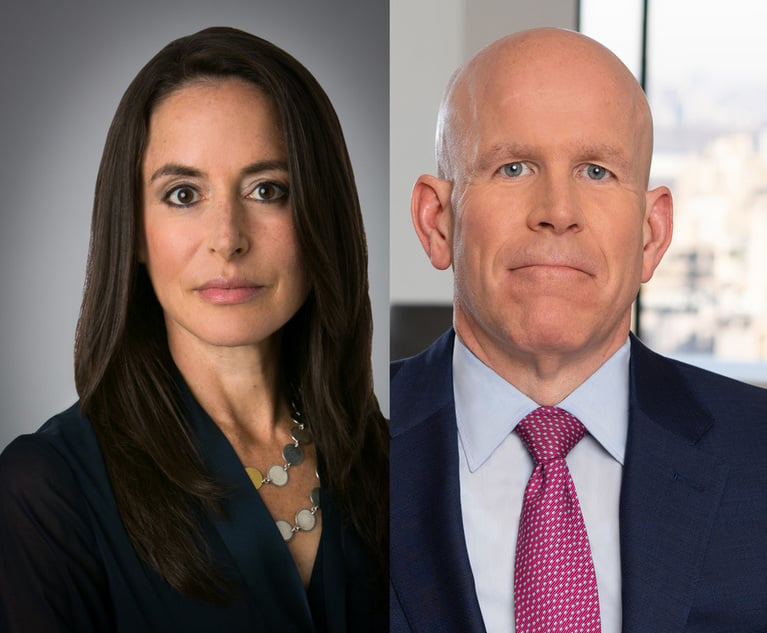
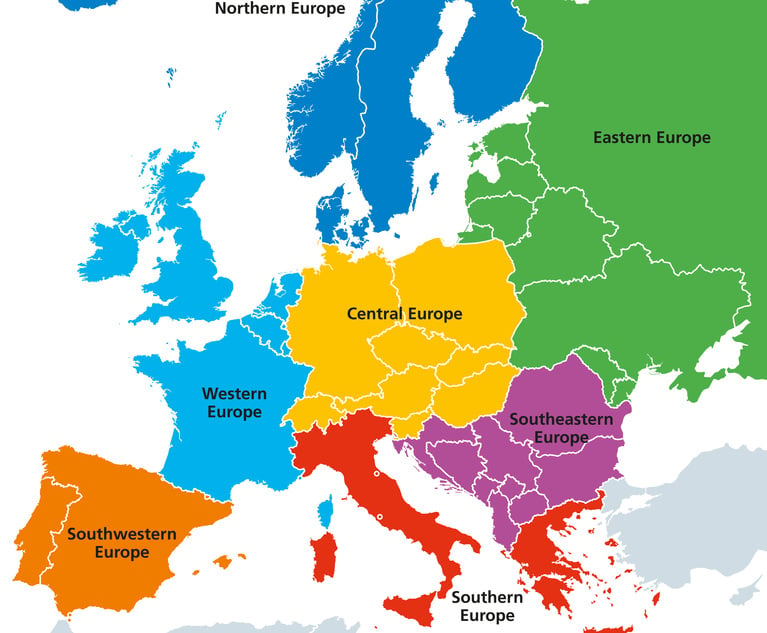
To Thrive in Central and Eastern Europe, Law Firms Need to 'Know the Rules of the Game'
7 minute readTrending Stories
- 1Weil Advances 18 to Partner, Largest Class Since 2021
- 2People and Purpose: AbbVie's GC on Leading With Impact and Inspiring Change
- 3Beef Between Two South Florida Law Firms Deepens With Suit Over Defamation
- 4Judge Skips Over Sanctions in Talc Bankruptcy: 'That’s A No'
- 5Hit by Mail Truck: Man Agrees to $1.85M Settlement for Spinal Injuries
Who Got The Work
Michael G. Bongiorno, Andrew Scott Dulberg and Elizabeth E. Driscoll from Wilmer Cutler Pickering Hale and Dorr have stepped in to represent Symbotic Inc., an A.I.-enabled technology platform that focuses on increasing supply chain efficiency, and other defendants in a pending shareholder derivative lawsuit. The case, filed Oct. 2 in Massachusetts District Court by the Brown Law Firm on behalf of Stephen Austen, accuses certain officers and directors of misleading investors in regard to Symbotic's potential for margin growth by failing to disclose that the company was not equipped to timely deploy its systems or manage expenses through project delays. The case, assigned to U.S. District Judge Nathaniel M. Gorton, is 1:24-cv-12522, Austen v. Cohen et al.
Who Got The Work
Edmund Polubinski and Marie Killmond of Davis Polk & Wardwell have entered appearances for data platform software development company MongoDB and other defendants in a pending shareholder derivative lawsuit. The action, filed Oct. 7 in New York Southern District Court by the Brown Law Firm, accuses the company's directors and/or officers of falsely expressing confidence in the company’s restructuring of its sales incentive plan and downplaying the severity of decreases in its upfront commitments. The case is 1:24-cv-07594, Roy v. Ittycheria et al.
Who Got The Work
Amy O. Bruchs and Kurt F. Ellison of Michael Best & Friedrich have entered appearances for Epic Systems Corp. in a pending employment discrimination lawsuit. The suit was filed Sept. 7 in Wisconsin Western District Court by Levine Eisberner LLC and Siri & Glimstad on behalf of a project manager who claims that he was wrongfully terminated after applying for a religious exemption to the defendant's COVID-19 vaccine mandate. The case, assigned to U.S. Magistrate Judge Anita Marie Boor, is 3:24-cv-00630, Secker, Nathan v. Epic Systems Corporation.
Who Got The Work
David X. Sullivan, Thomas J. Finn and Gregory A. Hall from McCarter & English have entered appearances for Sunrun Installation Services in a pending civil rights lawsuit. The complaint was filed Sept. 4 in Connecticut District Court by attorney Robert M. Berke on behalf of former employee George Edward Steins, who was arrested and charged with employing an unregistered home improvement salesperson. The complaint alleges that had Sunrun informed the Connecticut Department of Consumer Protection that the plaintiff's employment had ended in 2017 and that he no longer held Sunrun's home improvement contractor license, he would not have been hit with charges, which were dismissed in May 2024. The case, assigned to U.S. District Judge Jeffrey A. Meyer, is 3:24-cv-01423, Steins v. Sunrun, Inc. et al.
Who Got The Work
Greenberg Traurig shareholder Joshua L. Raskin has entered an appearance for boohoo.com UK Ltd. in a pending patent infringement lawsuit. The suit, filed Sept. 3 in Texas Eastern District Court by Rozier Hardt McDonough on behalf of Alto Dynamics, asserts five patents related to an online shopping platform. The case, assigned to U.S. District Judge Rodney Gilstrap, is 2:24-cv-00719, Alto Dynamics, LLC v. boohoo.com UK Limited.
Featured Firms
Law Offices of Gary Martin Hays & Associates, P.C.
(470) 294-1674
Law Offices of Mark E. Salomone
(857) 444-6468
Smith & Hassler
(713) 739-1250








